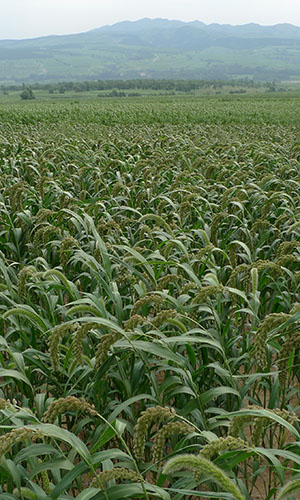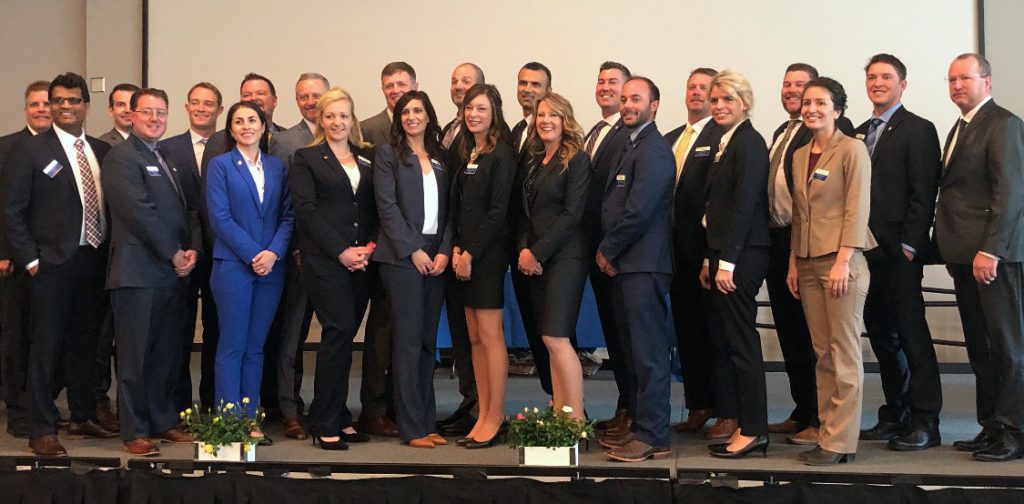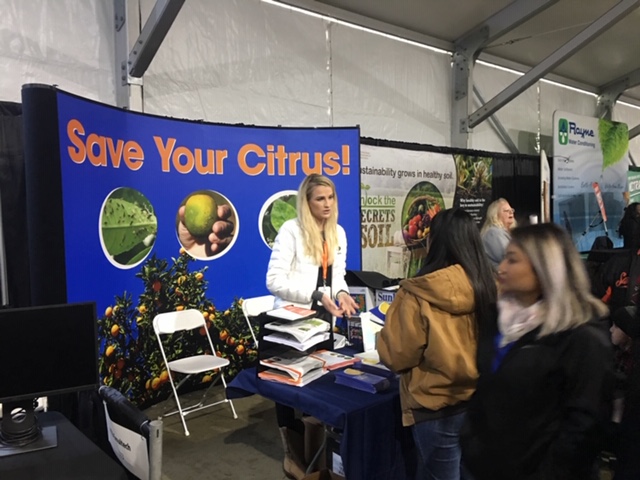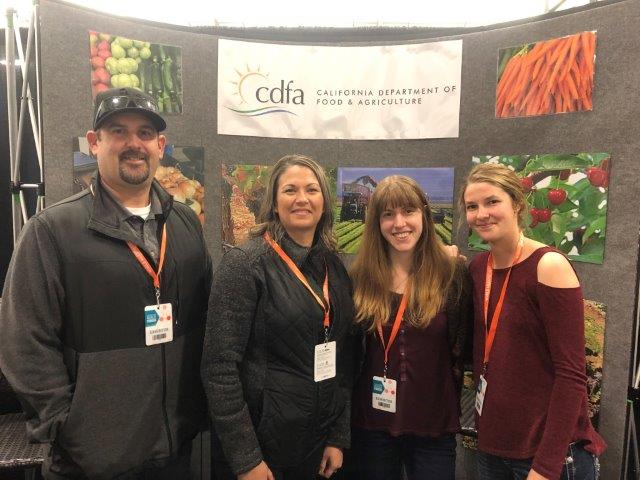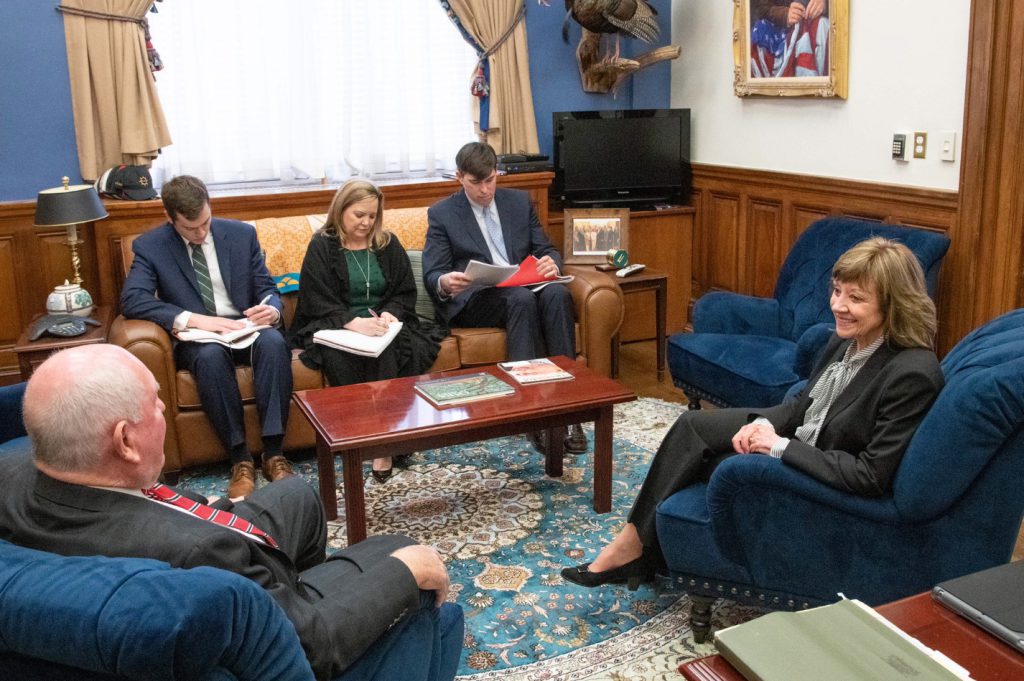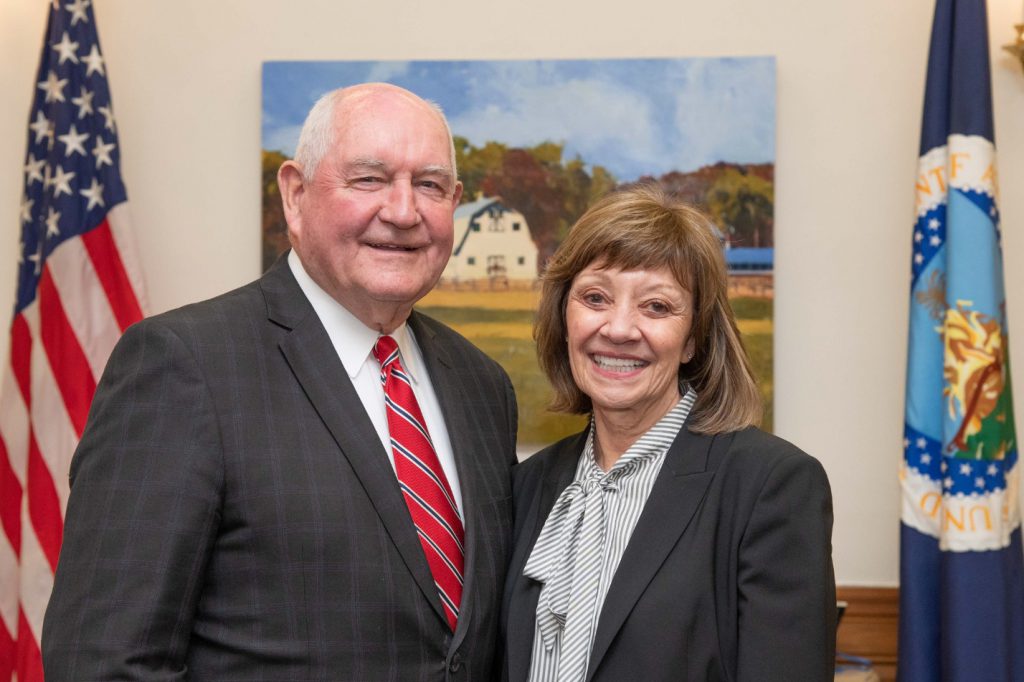By Liz Crampton
A record number of women now lead state agriculture departments across the country, a leadership wave that reflects the industry’s growing gender diversity.
A total of 13 women have either been elected or appointed to head state agriculture departments, surpassing the prior record of ten women holding top ag offices, according to the National Association of State Departments of Agriculture. And that number could increase, as the top state agriculture position remains open in five states, NASDA officials said.
“As we broaden the diversity of our members, we broaden our perspectives and our ability to lead on ag policy,” said Barbara Glenn, chief executive officer of NASDA.
Having more women in leadership positions in state agriculture could mean governments will be more likely to consider emerging issues such as programs to expand opportunities for the next generation of farmers in rural communities, she said.
“I think it’s just a sign of the times,” Glenn added. “To me, change is an opportunity for advancement — and it’s a good thing. Agriculture needs to embrace change, and NASDA is working toward that as well.”
This year, seven women have taken office leading state agriculture operations in Colorado, Florida, Ohio, Oklahoma, Hawaii, South Dakota and Maine. In California and Idaho female commissioners were reappointed for additional terms. And female ag leaders continue to serve existing terms in Missouri, Oregon, Utah and Virginia.
The trend mirrors the gender shift on Capitol Hill. The 116th Congress features the largest number of female elected officials in history — 106 in the House and 25 in the Senate.
The new crop of women state agriculture leaders is also a bipartisan one. Of the seven new women, three were appointed in states controlled by a Republican: Ohio, Oklahoma and South Dakota.
Some of the new women are the first to hold the top agriculture office in their state — and they’re looking to inspire other women to pursue careers in agriculture.
“To me, I’m not in this position because I’m a woman,” said Kate Greenberg, the first woman to lead state agriculture operations in Colorado. “It’s not a gender thing for me. At the same time, I want women to feel welcome in agriculture, I want it to be a place for everyone to feel welcome. I think anybody who’s got the drive and passion and commitment to work should have a place in our agriculture communities.”
Greenberg, 31, formerly western program director for the National Young Farmers Coalition, was appointed by Colorado’s new Gov. Jared Polis, a Democrat and former member of Congress. She told POLITICO she got the job after Polis sought applicants for the post and she threw her name in for consideration.
Colorado is one of several Western states hit hard by persistent drought, and consistent access to water is one of the most pressing issues facing the state’s farmers and ranchers. Greenberg said water policy will be a top priority. So, too, will be finding ways for agriculture to help find a solution on climate change, potentially through a state-level soil-health initiative.
Freshman agriculture commissioners are just a few weeks into the job. Many are spending their time finalizing staff hires, traveling around the state to meet producers and mapping a course for what they want to accomplish.
Implementation of the new farm bill, H.R. 2 (115), is a vital responsibility of state agriculture leaders this year. The 35-day government shutdown brought many of the federal Agriculture Department’s processes to a standstill and delayed its efforts to carry out necessary changes to farm bill programs, a holdup that also affects state-level operations.
And as no clear plan has emerged on Capitol Hill to fund the government beyond Feb. 15, state government leaders could once again be forced to grapple with the trickle-down effects of another government shutdown.
Some of the new female ag commissioners, like Greenberg, have cited addressing climate change as a critical task, and said they plan to expand soil-health initiatives that aim to reduce carbon output and fight erosion. After a series of severe storms, droughts and wildfires have cut into agricultural production in several states in recent years, and the industry is facing increased pressure to consider approaches to help counter the effects of a changing climate.
For new Florida Agriculture Commissioner Nikki Fried, expanding farmers’ access to the growing hemp and medical marijuana markets are top priorities. Fried, 41, the first woman elected to run the Florida Department of Agriculture and Consumer Services, campaigned on a cannabis-friendly platform.
On the campaign trail, she promised to create a director of cannabis position that would oversee initiatives such as implementation of rules governing use of cannabis edibles and development of a medical marijuana patient portal within the state agriculture department.
Fried said she is proud to set an example for young women and girls. In an interview with POLITICO, she recalled a recent watermelon association meeting where a young woman was selected to be the annual “watermelon queen” and represent the industry. Fried said the watermelon queen, and other women in attendance, told her they feel like they share a connection with her as a representative of Florida agriculture.
“We’re breaking down glass ceilings for them, giving them opportunities to not just work the farm but step up in trade associations, step up in leadership,” Fried said.
Karen Ross was recently reappointed to her third term as secretary of the California Department of Food and Agriculture. She first took office in 2011. Ross said that during her tenure she’s seen a rise in women in leadership positions at all levels of agriculture, a marked difference compared to when she first began working in California agriculture decades ago.
Ross was previously president of the California Association of Winegrape Growers and vice president of the Agricultural Council of California.
“I have a seen a pretty significant transformation, just within the advocacy and association leadership roles, of women increasing by large numbers,” Ross said. “Oftentimes, I am in a meeting with a number of ag representatives on a current issue and at least half the table will be women.”
Original article on Politico Pro Agriculture (link for subscribers) here.
